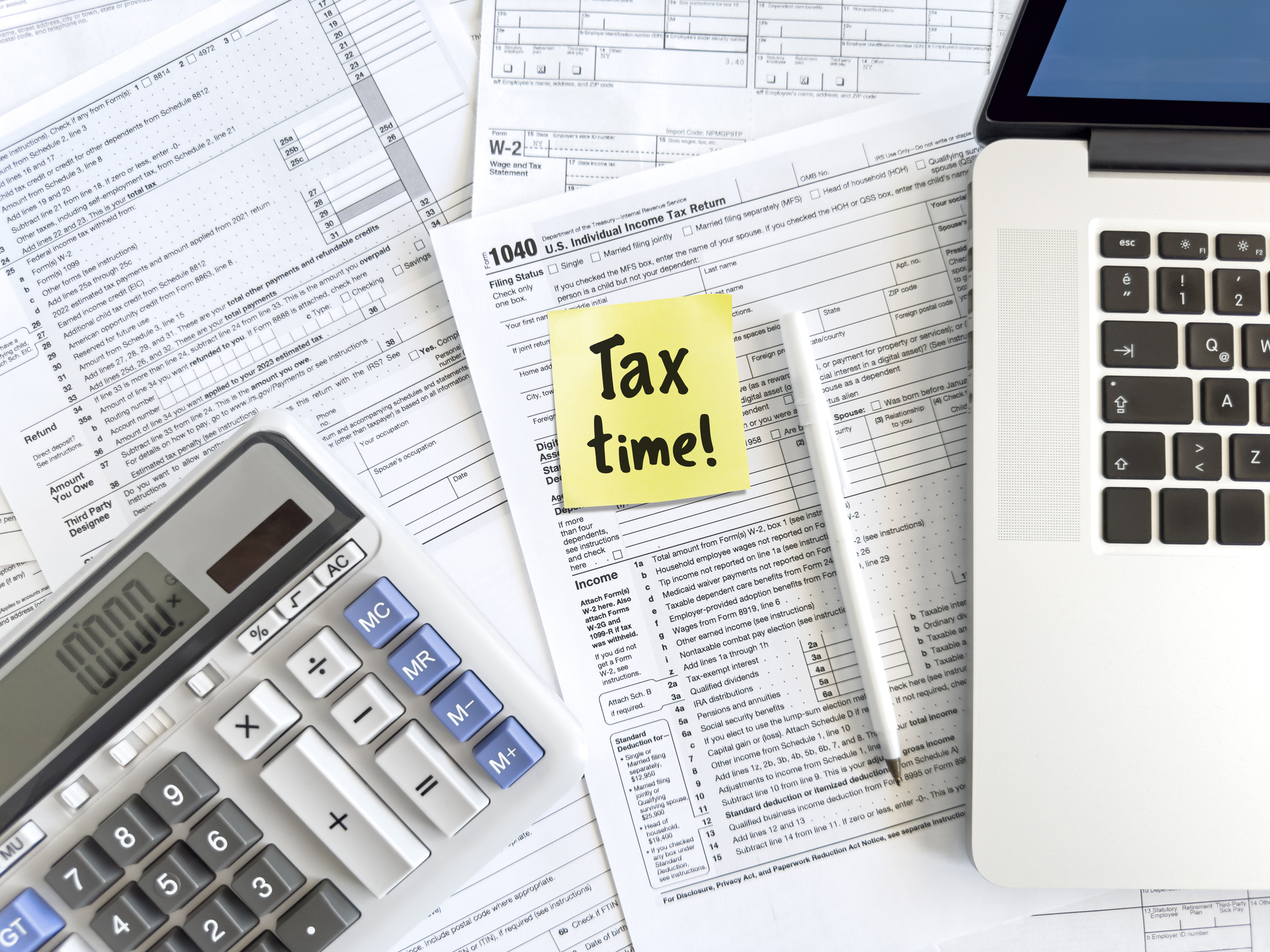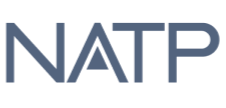💡 Key Takeaways
- Business tax debt grows rapidly if left unaddressed, leading to liens, levies, or even personal liability for owners.
- Proven tax relief strategies, including the IRS Fresh Start Program, proactive tax planning, and automation, help prevent and resolve tax liabilities.
- Professional guidance is crucial for resolving tax issues and addressing IRS collection notices.
- Prevention is key — regular tax reviews and automated bookkeeping/estimated payments reduce future risk and keep small businesses compliant year-round.
Getting the best tax relief results for business owners in 2025 requires strategic planning and professional guidance to navigate rising costs and IRS collections enforcement. This comprehensive guide outlines the problem of growing business tax debt, explains how the IRS approaches collections, presents seven proven tax relief strategies, and demonstrates how TaxRise can help.
Why Do Small Businesses Fall Behind on Taxes?
These are three common issues that cause small businesses to fall behind on tax payments:
- Cash flow interruptions
- Unexpected expenses
- Underestimating quarterly tax obligations
For many small business owners, managing taxes is one of the most challenging parts of entrepreneurship. Unlike larger corporations with dedicated finance teams, small business owners often juggle payroll, vendor payments, and investing into the company – all while operating on slim margins.
The complexity of tax laws or inadequate bookkeeping systems can lead to filing mistakes or overlooked payments. Over time, minor delays can compound into significant tax liabilities, leaving business owners scrambling to catch up while still maintaining their operations.
The Compounding Weight of Unresolved Tax Liabilities
A small tax balance might not seem overwhelming at first glance, but the longer it goes unpaid, the more it snowballs. Interest continues to accrue daily, while penalties stack on monthly, creating a cycle that can double or even triple the original amount owed over time.
The table below shows the main IRS penalties businesses face and how quickly they add up.
| Penalty Type | Rate | Cap |
|---|---|---|
| Failure-to-File Penalty | 5% per month | Maximum 25% |
| Failure-to-Pay Penalty | 0.5% per month | Maximum 25% |
| Trust-Fund Recovery Penalty | 100% of the unpaid tax | Maximum 100% |
For many business owners, this means money that could have been reinvested into marketing, hiring, or equipment is instead used to cover ballooning tax debt. In severe cases, the IRS may file liens against a business’s assets, garnish their accounts receivable, or levy bank accounts – disrupting normal business operations.
The stress doesn’t stop at the business. Some tax debts and penalties stay with the company, but others attach personally – meaning the owner bears personal liability for the tax debt. If that happens, the IRS or state can come after the owner’s personal money, credit, or even property. Fortunately, the IRS recognizes that small businesses often face real financial hardship, and there are structured tax relief programs available to help.
These programs can reduce penalties and provide business owners with a path to resolve their tax debt without having to shut down their operations. For example, a local Illinois business owner managed to overcome a $2 million liability through TaxRise’s expert tax resolution services.
How the IRS Approaches Business Tax Debt
The IRS treats business tax debt with heightened seriousness, especially when employee-related taxes are involved. For guidance, the IRS provides resources like Publication 5965, which outlines best practices for business owners to avoid financial troubles and penalties.
Understanding how the IRS prioritizes tax debt is critical for small business owners. Those who know the rules can respond strategically by addressing the most urgent liabilities first and pursuing business tax relief programs before enforcement actions, such as levies, escalate.
Urgent IRS Collection Notices Leading to Levies
If a business owner has severely delinquent tax liabilities, the IRS will begin to send the following collection notices before a levy is officially issued.
| IRS Notice Type | What It Means | What You Can Do |
|---|---|---|
| CP504 or CP504B | Reminder of overdue tax balance and demand for payment. | 30 days to respond with payment options available. |
| LT11 | Pre-levy warning and final notice. | 30 days to respond before levy, with rights to a hearing. |
| IRS Notice of Levy | Bank/asset seizure. | Appeal rights available. |
Levies on business bank accounts and accounts receivable can shut down operations immediately. Understanding common IRS notices, the intent-to-levy timeline, and proven tax strategies helps business owners take proactive action.

What Are Seven Proven Tax Relief Strategies for Small Businesses?
These seven tactics prevent and resolve business IRS tax debt.
1. Partner With TaxRise’s Streamlined Tax Resolution Process
TaxRise’s two-phase tax resolution process analyzes your case, then negotiates directly with the IRS:
- Discovery & Strategy
- Resolution
These proven strategies are backed by a team of Enrolled Agents, CPAs, and a Tax Attorney who negotiate from a position of experience. Our approach includes a qualification analysis and clear communication throughout the entire process.
Leverage professional guidance for your business tax liability with a free consultation today.
2. Set Up a Long-Term Installment Agreement or In-Business Trust Fund Express Installment Agreement
When paying your full tax balance immediately isn’t realistic, the IRS offers installment agreements (structured payment plans) to help businesses catch up over time without crippling cash flow.
Two key options stand out for small business owners: the Long-Term Installment Agreement and the In-Business Trust Fund Express Installment Agreement (IBTF-Express IA).
| Long-Term Installment Agreement | In-Business Trust Fund Express Installment Agreement | |
|---|---|---|
| Who It's For | Businesses (and individuals) that owe more than can be repaid in a few months but can manage regular monthly payments. | Operating businesses with payroll tax debt – specifically trust fund taxes (the employee withholdings for income tax, Social Security, and Medicare). |
| How It Works | You agree to pay your tax debt in fixed monthly installments over an extended period, typically up to 72 months. Interest and penalties continue to accrue until the debt is paid in full, but the IRS suspends more aggressive collection actions (like levies or garnishments) as long as you stay current. | You can qualify if you owe $25,000 or less and can pay off the full debt within 24 months or before the Collection Statute Expiration Date (CSED), whichever is earlier. |
| Benefits | Predictable monthly payments and breathing room to focus on running your business instead of scrambling to pay the entire balance at once. | Faster setup and less paperwork than a standard installment plan, which is critical for businesses trying to resolve urgent payroll tax issues and avoid the severe Trust Fund Recovery Penalty. |
| Key Requirements | You must file all required tax returns and stay current on future tax obligations to keep the agreement in place. | You must be an active business with employees, have all required tax returns filed, and make all current payroll deposits on time. |
3. Apply for an Offer in Compromise (OIC)
An Offer in Compromise requires a strong case with the IRS, and the following items will be evaluated for a taxpayer’s qualification:
- Any expenses
- Income
- Current ability to pay
- Asset equity
Offers in Compromise are notoriously difficult to qualify for and follow strict IRS guidelines. However, if a taxpayer can demonstrate genuine financial or medical hardship that prevents them from resolving a significant tax debt, then an OIC may be possible.
4. Request Penalty Abatement for Reasonable Cause
To qualify for penalty abatement, acceptable reasonable cause scenarios include:
- Natural disasters with FEMA documentation.
- Death or serious illness affecting business operations.
- Inability to get records.
- System issues that delayed a timely electronic filing or payment.
These reasonable causes require supporting documentation, such as bank statements, medical records, or disaster declarations, to substantiate them. This allows taxpayers to demonstrate that they exercised good faith in attempting to file their taxes or to make tax payments, but were unable to do so because of reasons beyond their control.
Taxpayers and business owners can also qualify for First-Time Penalty Abatement if they have a clean tax compliance history with no prior penalties in the last 3 years.
5. Obtain a Currently Not Collectible Status
Currently Not Collectible (CNC) status temporarily halts collections when business expenses exceed income, which impacts essential living costs, and paying off a growing tax debt becomes unrealistic. The IRS reviews CNC status annually and requires updated financial statements.
A CNC status is reserved for individuals experiencing severe economic hardship with strict eligibility requirements. It is highly recommended to consult with a tax professional to evaluate your financial situation.
6. Schedule Regular Tax Planning Reviews with a CPA or Enrolled Agent
The most effective tax relief is prevention. By meeting quarterly or at least mid-year with a Certified Public Accountant (CPA) or IRS Enrolled Agent (EA), small business owners can identify issues before they become a tax debt. These professionals can assist with:
- Proactive financial forecasting.
- Maximizing deductions and credits.
- Adapting to revenue or tax law changes.
- Staying compliant with the IRS.
Regular tax planning sessions turn taxes from a once-a-year scramble into a manageable routine, helping you protect your bottom line.
7. Automate Bookkeeping and Estimated Payments to Prevent Recurrence
Prevent future tax debt by putting routine financial tasks on autopilot. Cloud-based accounting tools like QuickBooks or Xero can automatically import and categorize transactions, ensuring accurate records without constant manual entry. Integrated payroll services further guarantee that employee withholdings for income tax, Social Security, and Medicare are calculated correctly.
In addition, business owners can pair automation with IRS e-payment options such as EFTPS or Direct Pay to schedule quarterly estimated tax payments in advance. Automating these processes ensures that financial records are accurate and businesses are protected from late fees and penalties.
Can TaxRise Resolve Business Tax Debt?
Yes, TaxRise provides expert services for both personal and business tax debt. Don’t let a large liability threaten the business you’ve worked hard to build. Whether you’re facing mounting penalties or years of unfiled returns, TaxRise can help you take control with our team of CPAs, Enrolled Agents, and tax attorneys.
With custom strategies and a proven resolution process, we help you regain financial stability and keep your company moving forward. Partner with TaxRise today to resolve your business tax debt and remain compliant with the IRS.
Frequently Asked Questions
Yes, business and personal tax debts are subject to different rules and collection methods. Business tax debts, especially payroll and trust-fund taxes, carry stricter enforcement. The IRS can file liens on business property, levy bank accounts, and even hold owners personally liable through the Trust Fund Recovery Penalty. Personal tax debts, by contrast, generally stay with the individual and don’t automatically attach to a business.
Business OIC cases typically take six to twelve months from submission to final decision, depending on IRS backlog and document completeness. Complex business structures or multiple tax periods may result in extended processing times.
If your company is already in bankruptcy, the IRS will generally pause most collection actions while the case is active. Tax debts are handled through the bankruptcy court, and some may be reduced or discharged depending on the chapter filed (Chapter 7, 11, or 13). However, not all taxes are dischargeable – recent payroll and trust-fund taxes usually must still be paid. It’s best to work with a bankruptcy attorney or tax professional to navigate the specific rules and protect your business and personal assets.
Yes, a reputable tax relief company can help by negotiating directly with the IRS on your behalf. Working with experienced firms – especially those who employ CPAs, Enrolled Agents, or tax attorneys – saves time and increases the chances of securing the most favorable resolution for your business tax debt.









0 Comments